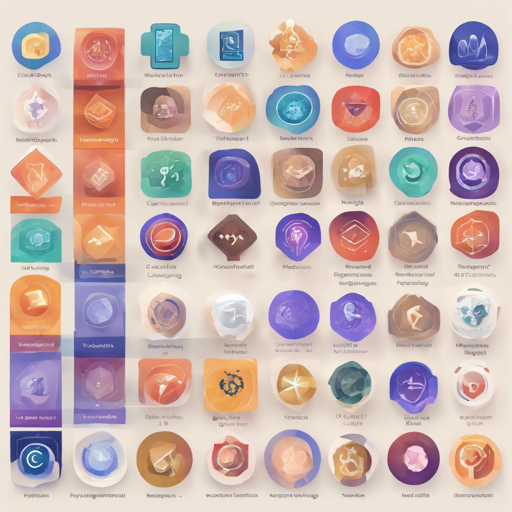Token classification is a fundamental task in the realm of Natural Language Processing (NLP), allowing us to understand how different components of a text contribute to its overall meaning. In this article, we will explore how to carry out token classification using PyTorch while leveraging our own datasets.
Understanding Token Classification
Token classification involves assigning a label to each element (token) of a sequence, based on its context. It’s like labeling different items in a grocery store: each item (token) gets a tag (label) that identifies what it is — fruits, vegetables, or dairy.
Getting Started with PyTorch
Before diving into the code, ensure that you have PyTorch installed. You can install it via pip if you haven’t done so:
pip install torch torchvision torchaudioImplementing Token Classification
Here’s a basic example of how you might structure a token classification pipeline in PyTorch:
# Importing Libraries
import torch
from torch import nn
# Dummy Input Data
data = "La recaudación del ministerio del interior fue de 20,000,000 euros así constatado por el artículo 24 de la Constitución Española."
tokens = data.split()
# Dummy Model
class TokenClassifier(nn.Module):
def __init__(self, vocab_size, embedding_dim):
super(TokenClassifier, self).__init__()
self.embeddings = nn.Embedding(vocab_size, embedding_dim)
self.fc = nn.Linear(embedding_dim, 3) # Assume 3 classes
def forward(self, input):
embedded = self.embeddings(input)
return self.fc(embedded)
# Initialize model
model = TokenClassifier(vocab_size=len(tokens), embedding_dim=10)
output = model(torch.LongTensor(range(len(tokens)))) # Dummy input
Diving Deeper: The Analogy
Think of the token classification model as a translator in a marketplace. Each token (word) is a product that needs labeling based on its category — are they fruits, vegetables, or dairy? The model processes each token and predicts its label based on the context, similar to how a translator interprets the meaning behind the words and assigns them appropriately.
Troubleshooting Common Issues
As with any technical endeavor, issues may arise. Here are some potential problems and their solutions:
- Model Training not Converging: Ensure that your learning rate is appropriate and your dataset is large enough for training.
- Insufficient Memory Errors: Reduce batch size or input dimensions to alleviate memory constraints.
- Unexpected Output Shapes: Make sure the shapes of your tensors align throughout your model’s architecture.
For more insights, updates, or to collaborate on AI development projects, stay connected with fxis.ai.
Conclusion
Token classification is an essential skill for working with NLP tasks in PyTorch. By understanding the model architecture and its role in labeling, we can effectively apply these techniques in real-world applications.
At fxis.ai, we believe that such advancements are crucial for the future of AI, as they enable more comprehensive and effective solutions. Our team is continually exploring new methodologies to push the envelope in artificial intelligence, ensuring that our clients benefit from the latest technological innovations.

